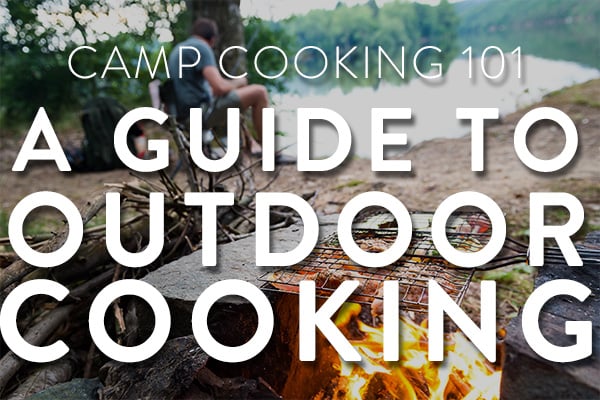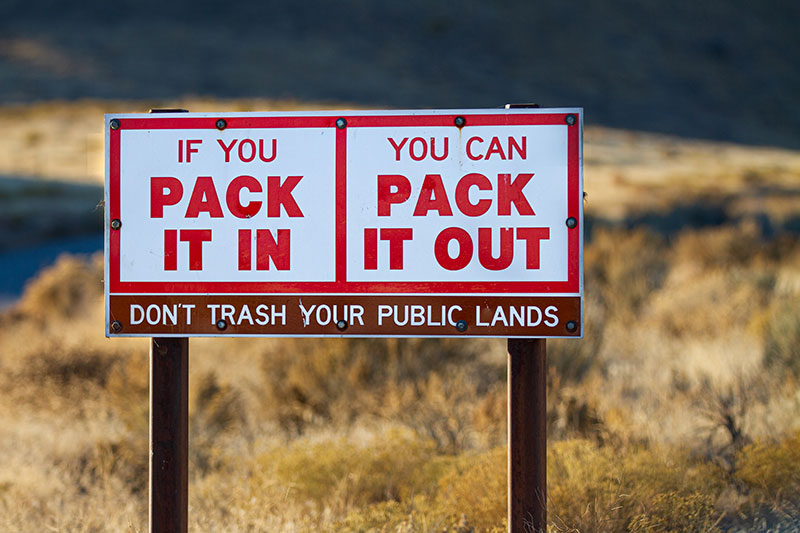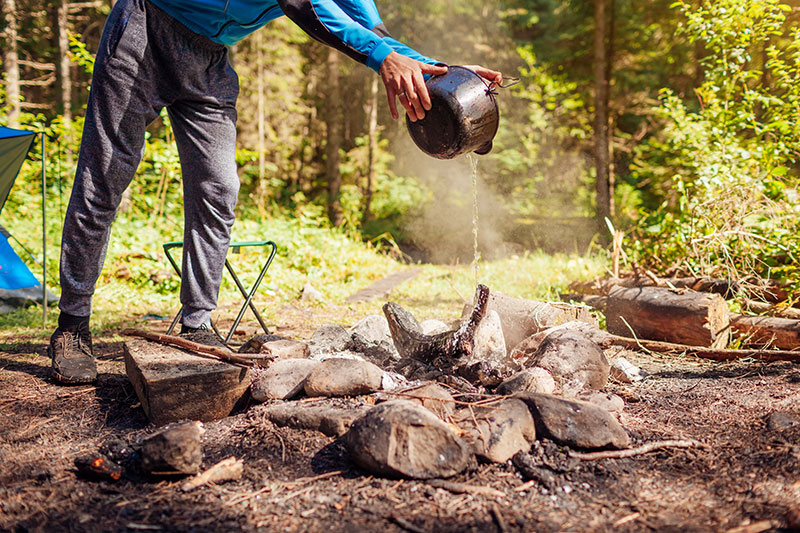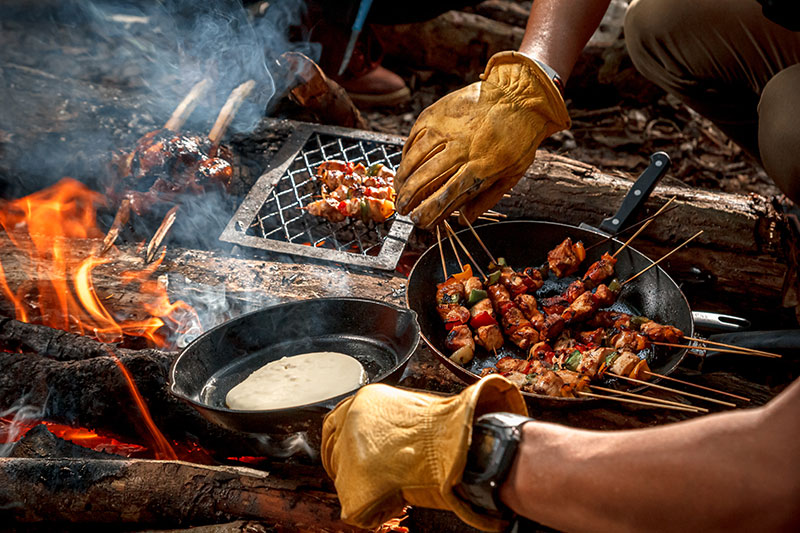
With a little preparation and insight, camping can be a great experience for all, even to those who may believe camping isn’t their ideal way to spend free time. Camping is not only an affordable way to visit a new area, with the average campsite cost ranging between $20-$40/ night plus opportunities to find backcountry or wild sites that are free, but it also provides a connection to nature and an opportunity to disconnect from the business of everyday life and technology.
Camping Types: Which is Best?

-
Backpacking may not be everyone’s preferred camping method, as it typically involves fitting all necessities into a backpack and carrying it, possibly for many miles and through rugged terrain. This camping method may be best suited for more experienced campers due to required planning, especially when it comes to meal preparation.
-
Car camping and the use of RV’s is familiar to many, and is a popular beginner’s option as it involves staying at an established campground and parking a vehicle next to the campsite location. Additional amenities are typically included, such as running water, electricity, bathrooms and showers. This allows for a more enjoyable experience to those who may want the joy of being in nature without sacrificing too much comfort.
- Cabins and glamping provide the best of both worlds, the comforts of home and the chance to experience beautiful nature.
Leave No Trace

-
When camping, it’s best practice to follow the Seven Principles of Leave No Trace, which offers a methodology of leaving minimal impact for those visiting the outdoors. These principles include planning ahead and preparing, traveling and camping on durable surfaces, disposing of waste properly, leaving what you find, minimizing campfire practices, respecting wildlife and being considerate of others.
-
Planning ahead for a trip allows campers to fully enjoy their time, and can also help to lower the impact left on the areas visited.
-
There are many areas across the country that discourage hiking and camping during certain times of the year, due to severe or dangerous weather conditions, disturbance to animals during breeding or birthing season, etc.
-
Some dryland areas also discourage or disallow open fires during the fall and summer in order to prevent the risk of wildfires. In these cases, it’s important to come prepared with meals that don’t require an open flame.
- Everything brought into the wilderness should be packed up and brought home when leaving including trash, food waste and even toilet paper. This is a principle that is often overlooked or not properly planned for before a trip. However, it’s important to bring enough trash bags, seal-able food containers and waste bags on the trip in order to properly adhere to the Leave No Trace principles.
Minimize Campfire Impacts

-
In general, it’s best practice to avoid using a fire whenever possible. Instead, use established fire rings where available or opt for other means of cooking.
-
Using a fire pan is one of the best ways to minimize the impact while camping. A fire pan is a metal bowl or disk in which one can build a fire without leaving a circle or pile of charcoal and fire debris behind on the ground. If there must be a fire, using a fire pan can help to keep the area pristine.
- If a fire pan isn’t an option, build a fire ring to ensure the fire doesn’t get out of control and return the rocks once the trip is complete.
Food Preparation and Cleanliness

- When camping, save time and energy by considering ahead of time whether there needs to be cooked meals at all. If possible, opt for foods such as hard cheeses, cured meats, and foods that does not easily spoil outside of a fridge.
- When cooking outdoors, meals should be simple and efficiently prepped before the camping trip. Preparing and chopping ingredients while camping can be a challenge, time-consuming and can leave a big mess, so it is best to prepare entire meals in advance and then heat up while camping.
-
Even when avoiding the use of fire to prepare food while camping, one of the biggest causes of campsite disturbance is cooking food and washing up afterward.
-
Food packaging is one of many considerations to make when adhering to a Leave No Trace camping trip. Keep food wrappers to a minimum and opt to repackage food before a trip, as it reduces the volume of trash which will need carrying out at the end of the trip. Some campers use tinfoil to cook, but it can be messy and is often left behind in fire rings. Tinfoil should always be carried out or left at home, instead using reusable cookware.
-
Bring very minimal equipment for cooking. In fact, one good skillet can be enough to prepare lots of meals such as vegetables, eggs, stew, bacon, etc.
-
Once a meal is done, water used for cooking and cleaning should be properly disposed of. Sprinkle it away from camp and away from any nearby bodies of water. The water should not contain any food particles and biodegradable soap should be used.
- Food scraps should be buried in a cathole, a six to eight-inch deep hole dug with a small trowel or camp shovel, or carried out. Despite the food being biodegradable, food waste attracts insects and animals.
